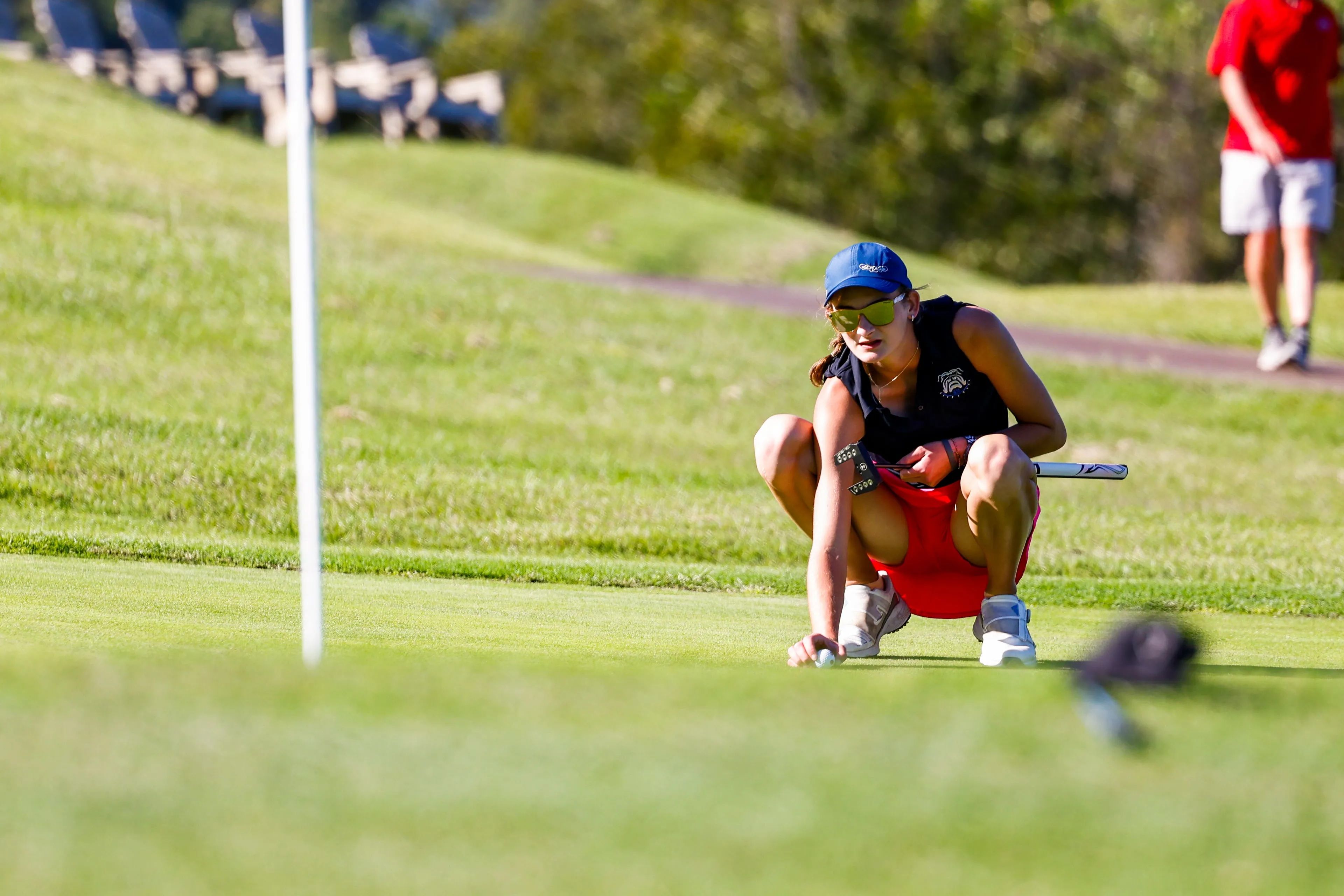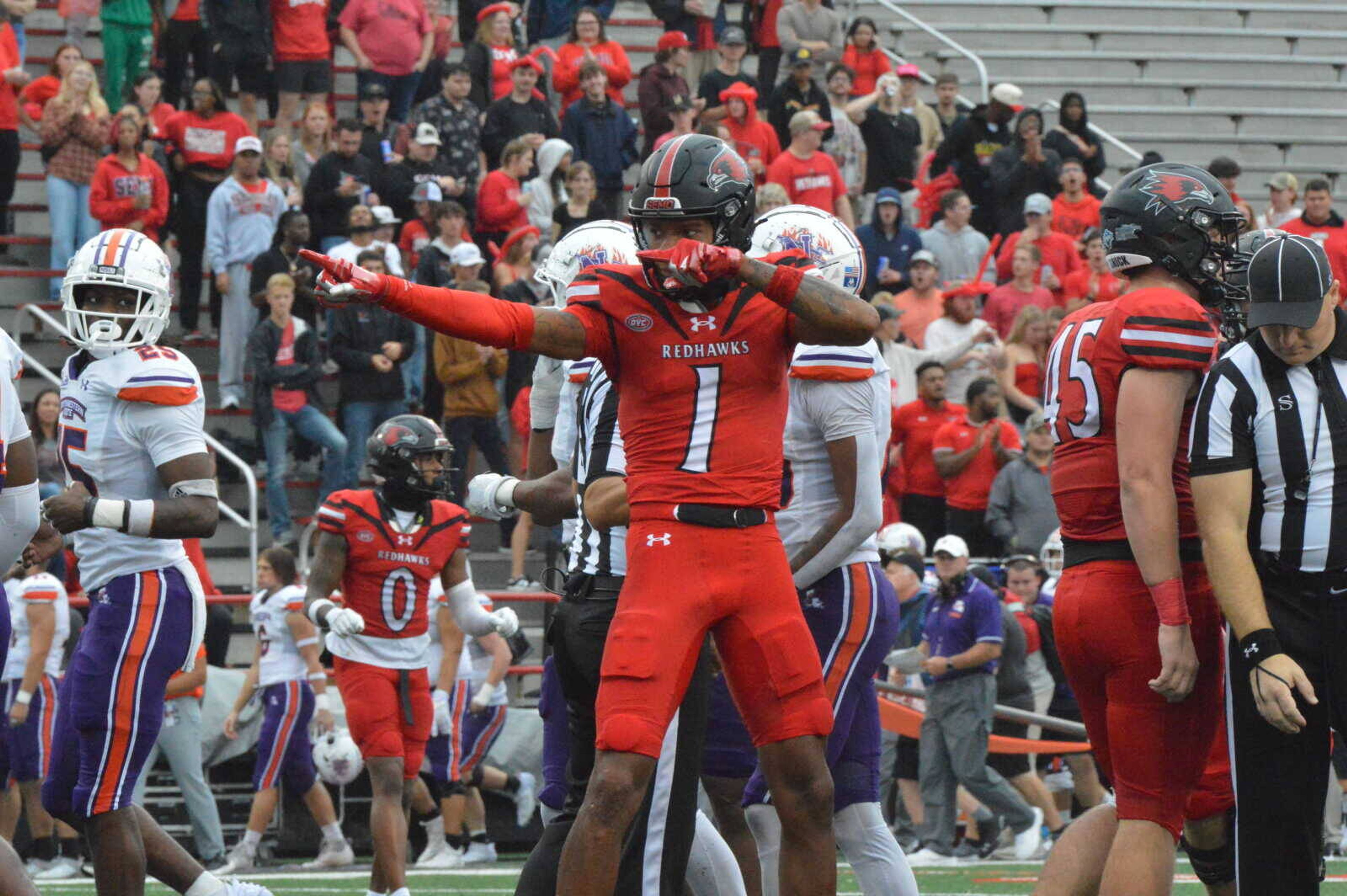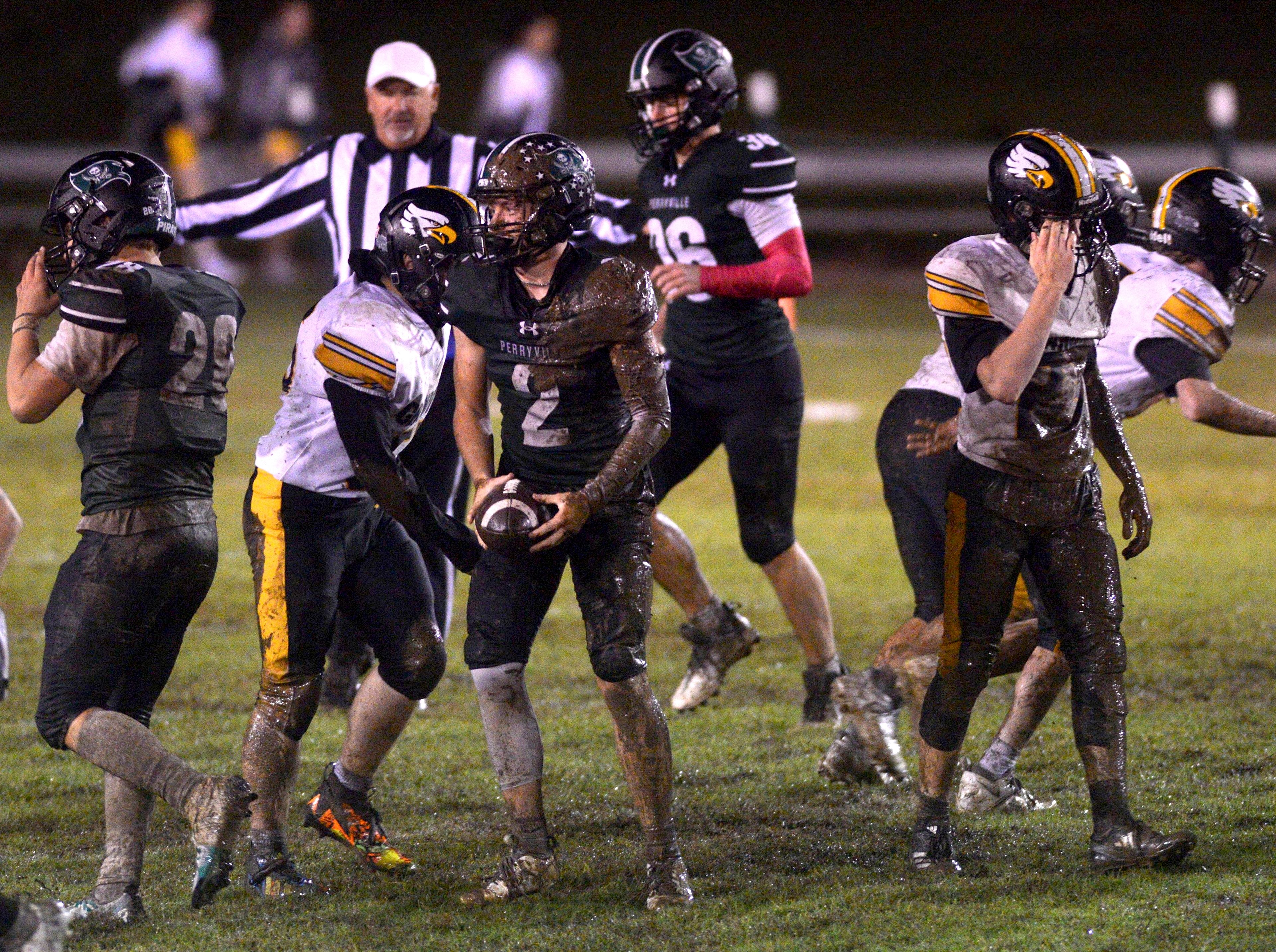ST. LOUIS -- When Nancy Rogers moved to St. Louis from Wisconsin more than a year ago, her first question was: Where's the curling club?
St. Louis seemed like a natural place for the sport often referred to as "shuffleboard on ice." Big metropolitan area. Long cold winters. Lots of ice rinks.
In her search for a curling club, "I found out they had none," Rogers said.
She's hoping to change that in the afterglow of the Winter Olympics -- as long as she can figure out where to find the large stones at the center of the game.
Rogers, 57, who works as an inventory planner for Brown Shoe and lives in Eureka, Mo., wants to capitalize on the national exposure curling received this year. She says it's the perfect opportunity.
Every four years, people are reminded of the curious sport -- featuring a large stone and people furiously sweeping in front of it -- that was born in medieval Scotland but has become a favored game in Canada.
And although it is often the butt of snickers, curling can gain a curious hold on people who stop to watch a match on TV.
In the past few weeks, countless stories have featured curling, ranging from its budding popularity among Wall Street executives to first-person accounts about the difficulty of learning to play.
Advocates say part of curling's attraction is that nearly everyone -- from the potbellied to the elderly -- can take part.
"You can curl with your father," said Bill McBride, an avid curler in Kansas City who's helping Rogers. "You can curl with your grandfather and your great-grandfather on the same team. It's the great neutralizer."
In curling, players slide a stone down a sheet of ice toward a target. Two sweepers work the ice in front of the stone, altering its path and trajectory.
A little more than a week ago, about 60 people showed up at Schlafly Bottleworks in Maplewood to discuss how to get the club off the ground.
McBride, an architectural illustrator, set up a blog (stlcurling.blogspot.com) for the St. Louis group as a way for those interested in curling to connect. The fledgling St. Louis Curling Club also has a logo and a Facebook page.
Starting a club "should be relatively easy," McBride said.
The group needs three things: Equipment, ice and players.
Rogers said the club ideally would have about 100 players, but she could make it work with about 50.
The cost for an individual curling lesson would run about $25. For curlers to participate in a league for an entire season from October to March, the price would be between $300 and $500.
The equipment presents a bit of a challenge. The 44-pound granite stones that players slide cost about $800 each. You need 16 of them for a curling match. That's nearly $13,000.
But Ira Blau, a Washington University student who grew up curling in Milwaukee, said purchasing used stones might be an option. Years ago, he found a couple in an antiques store in Canada for $50.
Rogers said late last week that she may have found a Metro East rink that's willing to purchase equipment and set up ice for curling matches. Now she's just hoping to find more people who are as committed to curling as she is.
But don't underestimate what the game takes, McBride warns. Some can snicker about whether curling is a "real sport," but it takes a measure of athletic ability, he said.
"Anybody who makes fun of curling," McBride said, "I can almost guarantee you they've never done it."
Connect with the Southeast Missourian Newsroom:
For corrections to this story or other insights for the editor, click here. To submit a letter to the editor, click here. To learn about the Southeast Missourian’s AI Policy, click here.






